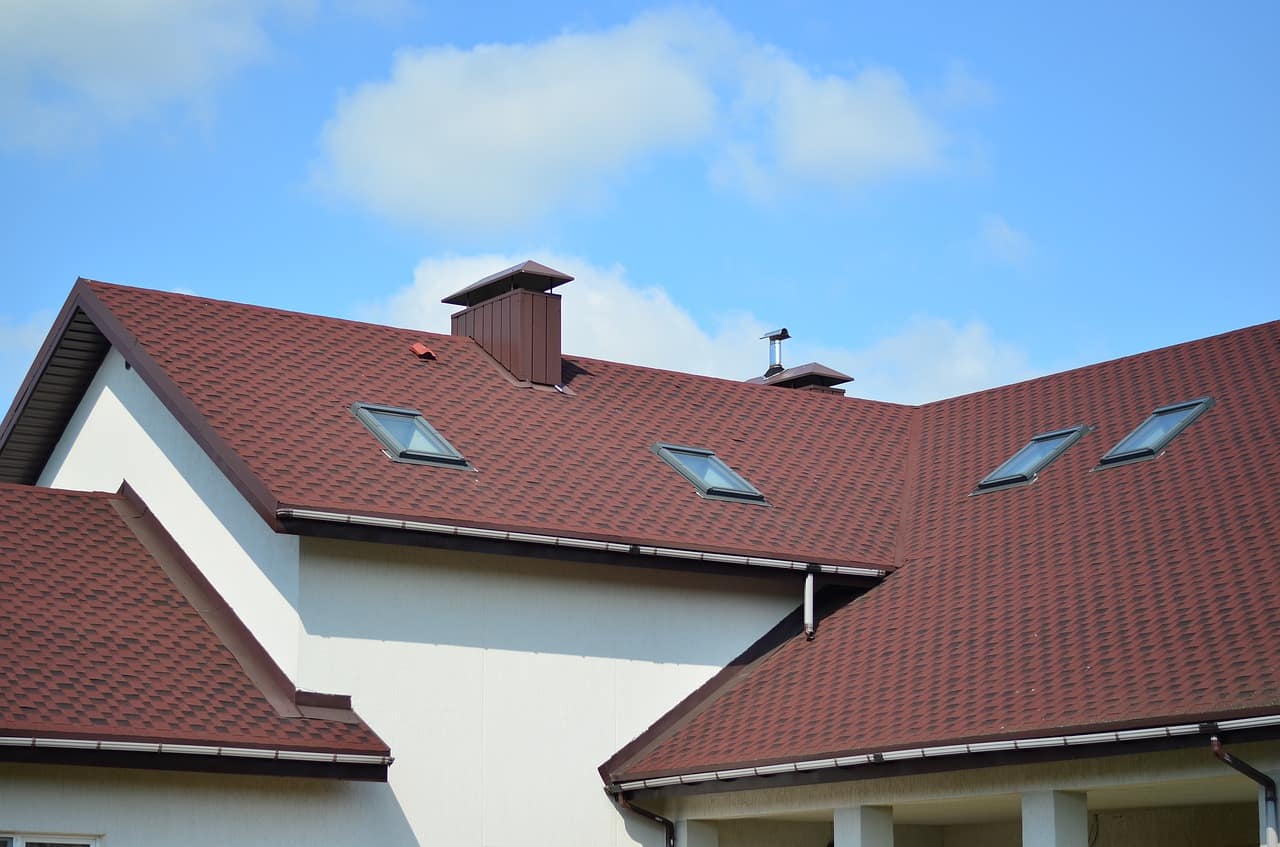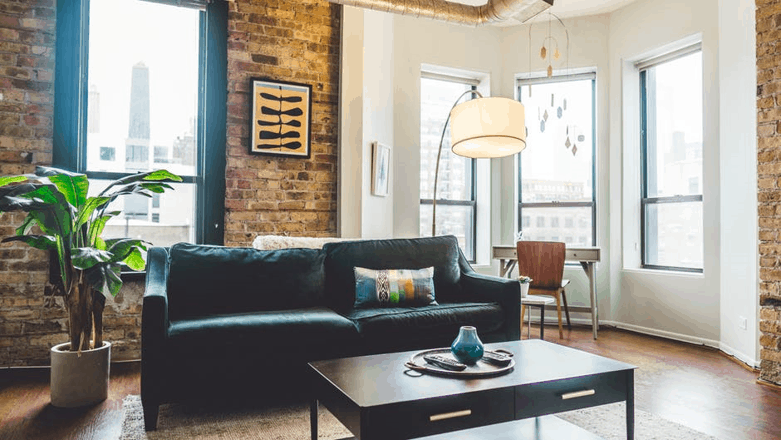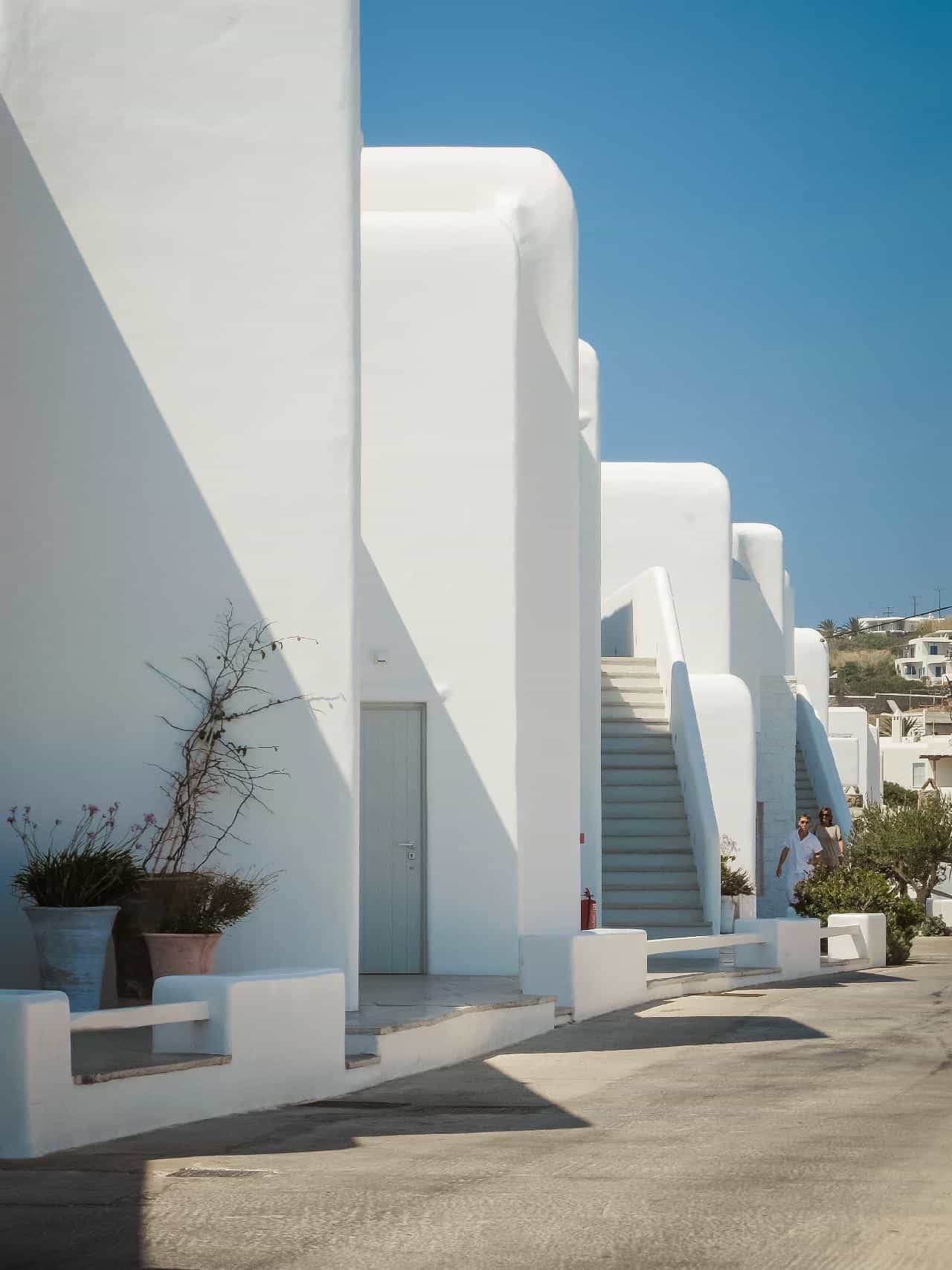Whether you’re interested in reducing your carbon footprint, helping slow climate change, or simply want to save your household money, cool roofing technology may be a solution.
What’s cool roofing?
Hang out with us for a short read that briefly explains this innovative way to cover a house. We’re confident you’ll find the idea of converting from a traditional to a cool roof intriguing especially if you’re into saving money.
The Hot Life of a Roof
Unless you’re a roofer (or a teenager) you probably don’t spend much time on the roof. You certainly don’t get up there on a sunny day when the temperature is about 20 to 30 degrees warmer than the ground.
Most conventional roofing materials are great heat absorbers. They don’t do nearly as well at reflecting heat. And asphalt, the most commonly used roofing material for homes, is one of the hottest.
That amazing heat absorbing properties of asphalt shingles don’t only raise the roof temperature. It also allows heat to stream into the home’s structure, which raises indoor temperatures by 20-25 degrees.
Metal roofs, on the other hand, reflect heat. The surface temperature of a metal roof can be up to 100 degrees lower than that of an asphalt roof.
Now, before we throw asphalt under the bus, it’s still a contender in the energy-efficient roofing materials game. We’ll look at how that’s in a few minutes but first, we want to discuss (briefly) how a cool roof works.
Why Is a Cool Roof Cool?
Determining the cool factor of a roof depends on two things. Thermal emittance and solar reflectance.
Solar reflectance, also called albedo, measures the percentage of solar energy reflected by a surface. Thermal emittance refers to the capability of a surface to discharge previously absorbed heat away from itself.
On a sunny day, especially during the throngs of summer, you want a roof to reflect sunlight and heat away from structures. Conventional roofing materials reflect approximately 5-10% of the solar energy away from your home.
When you use cool roof technology, a roof can reflect up to, and even more than, 65% of the solar energy away from the house. This technology also prevents all but a small percentage from being absorbed into the structure of your home.
The Solar Reflectance Index (SRI) incorporates the properties of solar energy and thermal emittance into a single value. This value is a critical element in determining how efficiently a roofing material and its color will work when applied to a roof.
Cool Roofing Materials
Remember, we cautioned against throwing asphalt shingles under the bus because they get too hot? To explain, we’ll first look at the two types of cool roofs. One is a low-sloped roof and you’ll see these most often on industrial, commercial, and institutional buildings.
The other—the steep-sloped roof—is usually found on residential buildings. Most often you’ll see steep-sloped roofs made from either asphalt shingles or metal.
The Environmental Protection Agency (EPA) rates all cool roofing materials, including asphalt shingles. Shingle manufacturers design cool shingles to reflect the sun’s rays. They have special solar-reflecting granules, designed to reduce the amount of heat transferred from the roof into your home.
Metal also plays a role in the cool roof revolution, perhaps even more so than asphalt shingles. Metal reflects over 70% of solar energy, which means buildings covered by metal roofs stay cooler. They also don’t use as much energy.
How Can a Cool Roof Put Money in Your Pocket?
Most homeowners and business owners don’t spend the majority of their energy dollars paying to keep the lights on. Most of those dollars go toward keeping homes and buildings cool during the summer and warm in winter. Innovative cool roofs can save a significant chunk of change.
If you live in a 1,200 square foot home or larger, you’ll pay roughly $245 a month to run your central air conditioner. That’s if you cool for 8 hours each day.
Maybe you don’t have central air and use window units instead. If you use a medium-size unit with 12,000 BTUs, you’ll pay around $62 per month. For a large unit (20,000 BTU), you’ll pay roughly $100 per month.
By using cool roof technology, you may save around $0.50 per square foot per year. For that 1200 square foot home, the owners will save almost $600. That’s enough to put in the travel fund or to use towards other green home technology.
Extend the Life of Your Roof
This past summer, most of the nation endured brutal heat. Along with it came intense sunlight. While roofs can deal with many weather extremes, extreme heat and sunlight aren’t well-tolerated.
If you live in a climate where it’s hot during the day but cools down at night, your roof does the same. Constant heating and cooling cause expansion and contraction. This causes your roofing materials to wear out faster than they should.
A cool roof helps decrease the temperature on the roof. A cool roof is usually more durable.
decrease roof operating temperature, which may extend roof service life.
The constant heating and cooling of a roof cause it to expand and contract, causing wear and tear on the materials. When you use cool roof technology, you’ll have a more durable roof and one that lasts longer with fewer repairs.
More money in your pocket and more time to budget for a new roof.
Interested in More Posts Like This?
Modern roofing technology proves that you don’t always need to scrap conventional roofing materials. With a cool roof, you get the best of both worlds.
Re-engineering asphalt shingles and maximizing the benefits of metal roofs allows homeowners to go green without breaking the bank. An added bonus is you get more life from your roof and spend less on repairs.
Enjoyed reading this post? Visit the collection in our archives. You’ll enjoy articles on building, home interiors, furniture, and more.
Discover more from Futurist Architecture
Subscribe to get the latest posts sent to your email.




